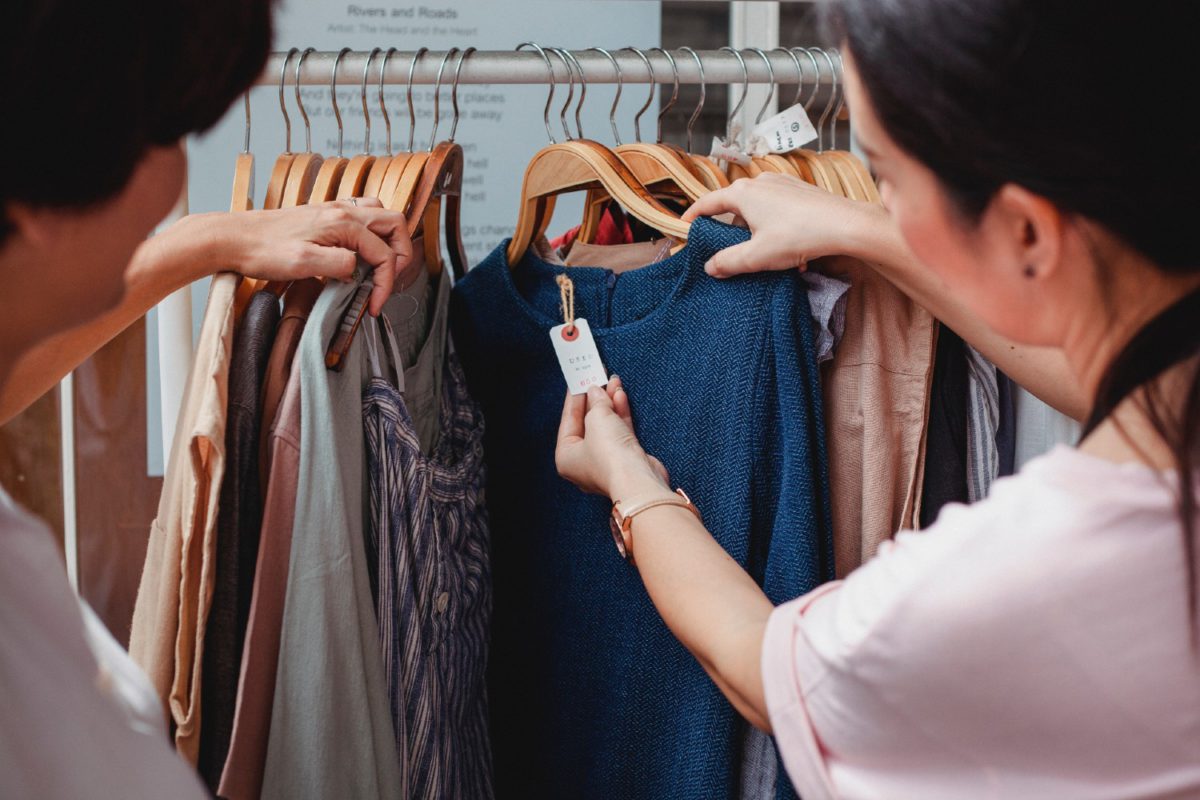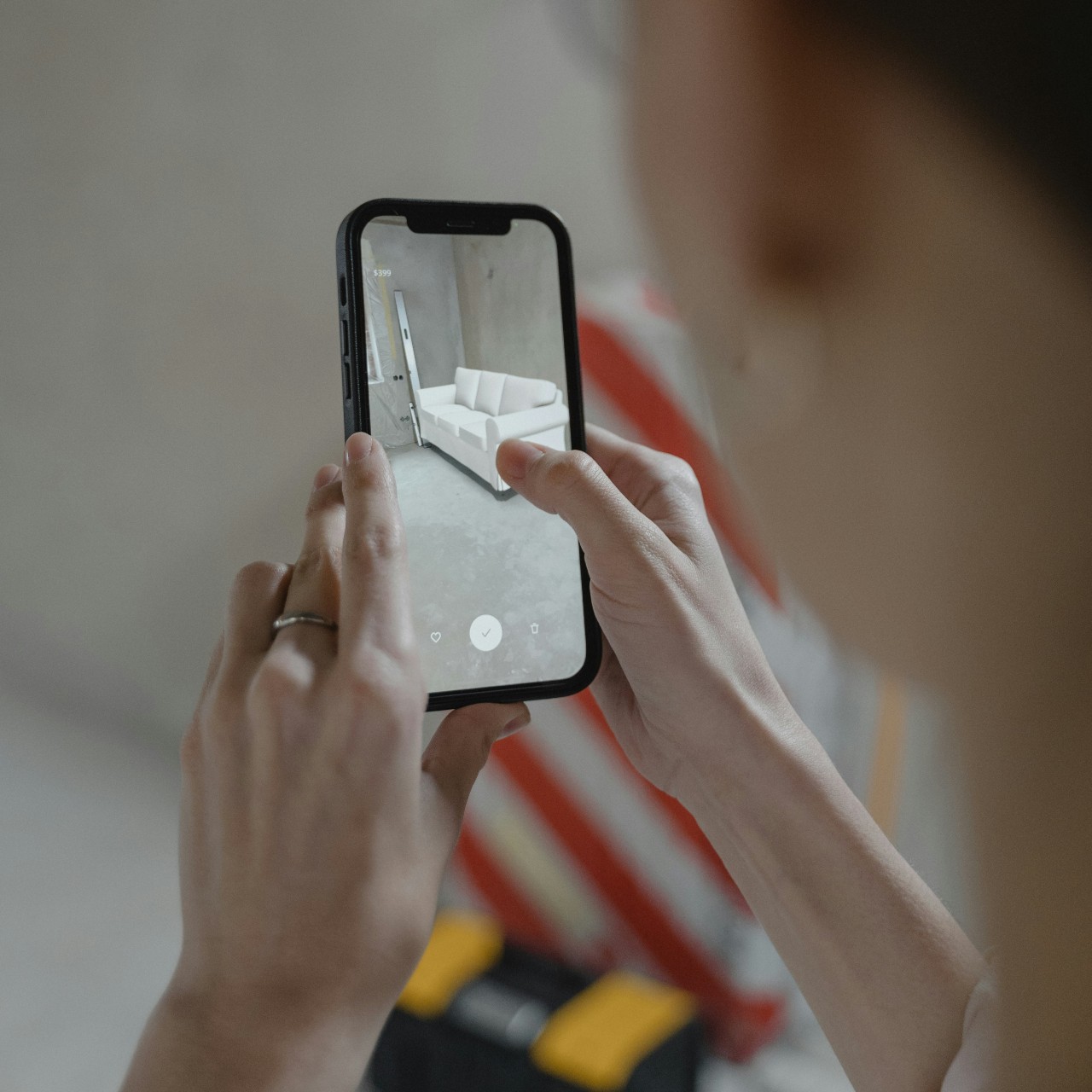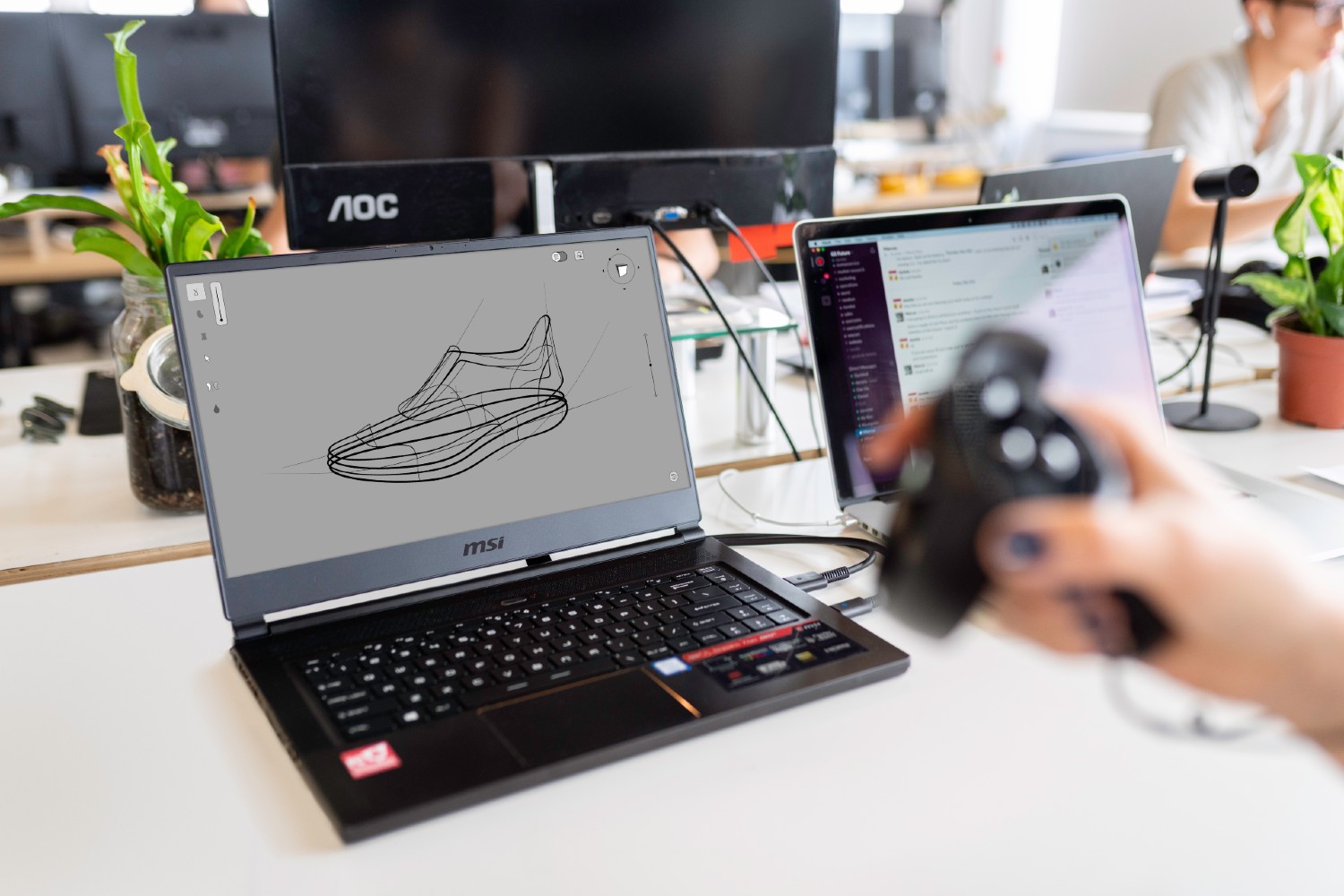Step into tomorrow: Your ultimate guide to virtual shopping
Are you ready to embark on an immersive shopping experience where the physical meets the virtual?

Key takeaways
- Traditional brick-and-mortar stores are grappling with new challenges as e-commerce continues to thrive.
- To create an engaging and sustainable experience, retail stores should embrace virtual reality.
- Explore the five phases of a possible phygital shopping experience and their benefits.
In today’s ever-evolving retail landscape, traditional brick-and-mortar stores face unprecedented challenges as e-commerce continues to surge. While physical stores offer the advantage of allowing customers to touch, feel, and try on garments, they often lag behind online retailers in terms of speed and convenience. Online shoppers can effortlessly browse and select from vast inventories with just a few clicks.
But what if we told you there’s a new way to shop that combines the best of both worlds? In this article, we will delve into the concept of the phygital shopping experience, where physical and virtual spaces converge to create a shopping journey like no other. Navigate through the five phases of this innovative shopping experience and discover the future of fashion.
Phase 1: The first impression is the last impression
Just as in interpersonal interactions, the first impression at the entrance of a retail store sets the tone for your shopping experience. When you step into your chosen phygital retail store, prepare to be captivated by a visually stunning entrance adorned with digital displays and augmented reality (AR) elements. These features can provide informative previews of the experience to come or offer a creative and personalized welcome tailored to the specific store you’re visiting.
For instance, Macy’s, a retail giant, experimented with VR in some of its stores, featuring virtual fireworks at the entrance during a Fourth of July promotion.[1]
Phase 2: An immersive product discovery
Once inside the store, your quest for the perfect product begins. VR-enhanced displays complement the physical shelves and goods in the retail establishments you’re entering. You can use VR headsets or AR apps on your smartphone to access additional product information, read reviews, or even try virtual “try-on” experiences.
Take IKEA, for example. The Swedish furniture giant developed a VR experience app that allows customers to explore three real-size kitchens as if they were in their own homes. You can stretch yourself to look at the kitchen from a child’s perspective or change cabinet and drawer colors with a simple click.[2]

Phase 3: Virtual Fitting Rooms
In this not-so-imaginary retail store, you reach a point where you’d like to try on some clothes, and this is where the virtual fitting room comes into play. These rooms are equipped with VR technology, allowing you to virtually try on clothes and visualize how various outfits look on you, all without the need to change into physical garments.
This approach not only enhances your shopping experience but also benefits the environment. Virtual technologies facilitate a reduction in waste and enable the production of items on demand, avoiding the mass production of numerous garments that may end up being discarded.
Phase 4: Interactive Product Customization
Sometimes, finding the perfect product can be a challenge. Picture this scenario: you discover the ideal item, but you’d like to make some customizations. Thanks to virtual reality, the store can offer you a sample garment, allowing you to personalize every detail to your liking.
This approach not only minimizes waste production but also ensures that the item is crafted exclusively for you. Take Converse, for instance; they offer customers the opportunity to design their own sneakers using VR technology.[3]

Phase 5: Post-Purchase Engagement
Your shopping experience doesn’t end when you leave the store after completing these phases of your journey. Following your purchase, you can access post-purchase content or experiences related to the products you’ve selected. This can be facilitated through VR or AR apps, offering setup guides, maintenance tips, or virtual tutorials, for example.
A new shopping experience is next door; be ready
While this might seem utopian, there are already concrete examples of virtual reality integration within retail stores. Reducing waste, engaging with customers, elevating the real-world experience, and personalizing garments represent just a few of the advantages that virtual retail can offer to the fashion industry.
Embrace this journey and become a part of a world where technology is harnessed to create a more sustainable future.
A New Shopping Experience Awaits – Be Ready!
[1] “Macy’s Brings 4th of July Celebration to Life Across the United States with Virtual Reality”. Available at: Macy’s Brings 4th of July Celebration to Life Across the United States with Virtual Reality | BizBash
[2] ” Ikea tests virtual reality with new ‘kitchen experience’ app,” Retail Dive. Available at: https://www.retaildive.com/news/ikea-tests-virtual-reality-with-new-kitchen-experience-app/417039/
[3] ” Virtual Try-on: The Next Big Thing in Luxury Business,” Hapticmedia. Available at: https://hapticmedia.com/blog/virtual-try-on/
Author: Giuseppe Scandariato
Latest from the Magazine